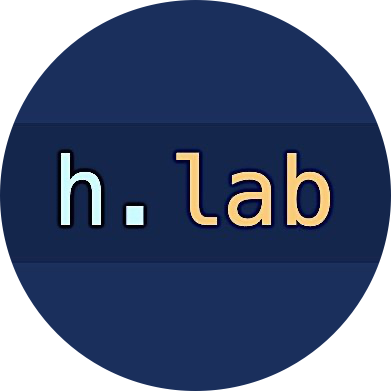h.lab

empowering students and scholars in the humanities to experiment with and critically reflect on new and emerging computational technologies
LEARNING
PROJECTS
PROJECTS
Purity and Danger
| Supported by an Anneliese Maier Research Award, Alexander von Humboldt Foundation. |
| Terms of purity and danger, sameness and otherness, that operate in the semantic frame of medicine and health (e.g., infection, contagion, foreign body, im/pure, un/clean, un/scathed, distance, quarantine, abject) are also common in contexts of social identity and difference, especially when projecting racial and ethnic otherness as threats to the integrity and wellbeing of social bodies. How might the prevalence of this language in the medical frame during the COVID-19 crisis relate to racist and xenophobic uses of it? Is an increase in the former leading to an increase in the latter? Will it do so in years to come? This project aims to develop a computational model using neural networks to explore possible relationships between the uses of such language in these two different frames. |
| Collaborators: Mark Turner, Case Western Reserve University and Red Hen Lab; Justin Barber, AI Institute, Iliff School of Theology; Michael Hemenway, AI Institute, Iliff School of Theology; and Timothy Beal, Case Western Reserve University. |
h.lab Embedded
| Supported by a Think Big RFP grant (Pathway 2: Human-Tech) from the Office of the Provost, Case Western Reserve University. |
| This collaborative project seeks to develop capacity for interdisciplinary human-tech collaboration by designing, building, and testing a shared vocabulary and framework for embeddable, team-based ethical engagement with and critical reflection on new research in data science, AI, and other emerging technologies. We will test our team model and process by embedding ourselves in specific research projects at CWRU. The model would also be adaptable to enterprise projects outside the academy. |
| Collaborating organizations include the AI Institute at Iliff, the Inamori International Center for Ethics and Excellence, the Baker-Nord Center for the Humanities, Red Hen Lab, and the Freedman Center for Digital Scholarship. |
Face of the Deep
| Design and build the prototype for a model and application for translating in conversation with machines using new and emerging technologies of neural machine translation (NMT) and natural language processing (NLP). Specifically, we propose to build and train an NMT model for engaging in translation of Hebrew biblical literature, and then to build a web application that enables users (students, fellow scholars, and the general public) to explore different translational possibilities and create their own translations in conversation with the NMT model.The initial prototype of the model and application will be based on the first creation story in the Hebrew Scriptures (Genesis 1:1-2:4a). Although the model and application will be based on translating Hebrew biblical texts, they will be adaptable to other texts in other languages for which there exist multiple translations. The prototype will also be scalable, with the next step being full implementation to incorporate the entire canon of Hebrew scriptures. |
| View-only link to project files on Open Science Framework |
Artificial Creativity
| How might emerging models in deep learning, often discussed by futurists and science fiction writers in terms of “artificial intelligence,” be fruitfully engaged as models of “artificial creativity” that afford critical reflection on analogous processes of human creativity? |
| The intentionally provocative phrase “artificial creativity” means to question familiar cultural distinctions between human and machine. On the one hand, in common parlance, where “artificial” refers to fakes and copies, the phrase might connote imitating or “faking” human creativity. Are “machine learning” and related forms of generativity simply imitative of human learning and generativity, or are they something more and/or other? On the other hand, insofar as “artificial” refers to the work of artifice, the phrase is redundant. Is not all creativity, human and/or machine, in this sense artificial? |
| KJV Bot. A bot that autogenerates biblicalish utterances based on markovian machine learning from the King James Version of the Bible. Link to code on GitHub. |
| Emily Markovson. A bot that autogenerates and then tweets four-line poems based on markovian machine learning from the complete works of Emily Dickinson. |
| Link to additional code and related files on GitHub. |
| Do it yourself! Make your own bot and experiment with it using h.lab’s DIY tutorial, Build a Bot. |